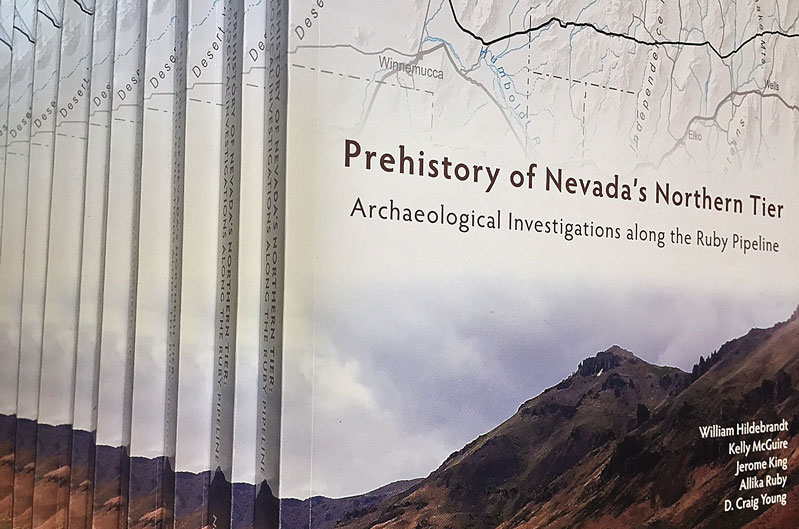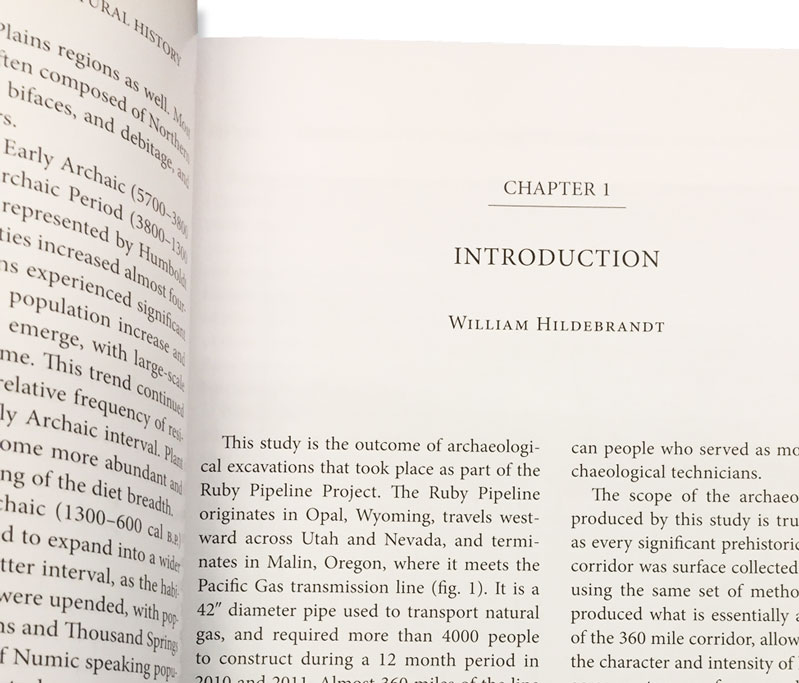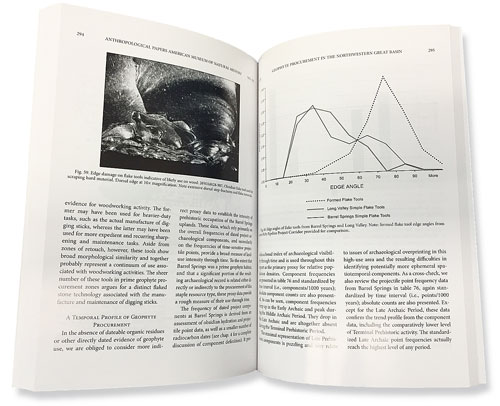We are pleased to welcome a new Principal to our Group: Dr. Adie Whitaker.

Dr. Whitaker has been with Far Western since 2008 and has over 15 years of archaeological experience in California CRM.
He has authored numerous reports on the archaeology of California, while leading inventory and excavation projects from the San Francisco Bay to the Sierra Nevada to the Channel Islands. Building on data collected and collaborations formed during these projects, Adie has published numerous scholarly articles in regional, national, and international journals, including American Antiquity, the Journal of Anthropological Archaeology, the Journal of Archaeological Science, the Journal of Coastal and Island Archaeology, California Archaeology, and the Journal of California and Great Basin Anthropology.
He is Editor of the Journal of California and Great Basin Anthropology and continues to play a strong role in the Society for California Archaeology.
Far Western will benefit greatly from Adie’s enthusiasm and leadership. We value his ability to meet the compliance needs of our clients while expanding our knowledge of California’s past.


















